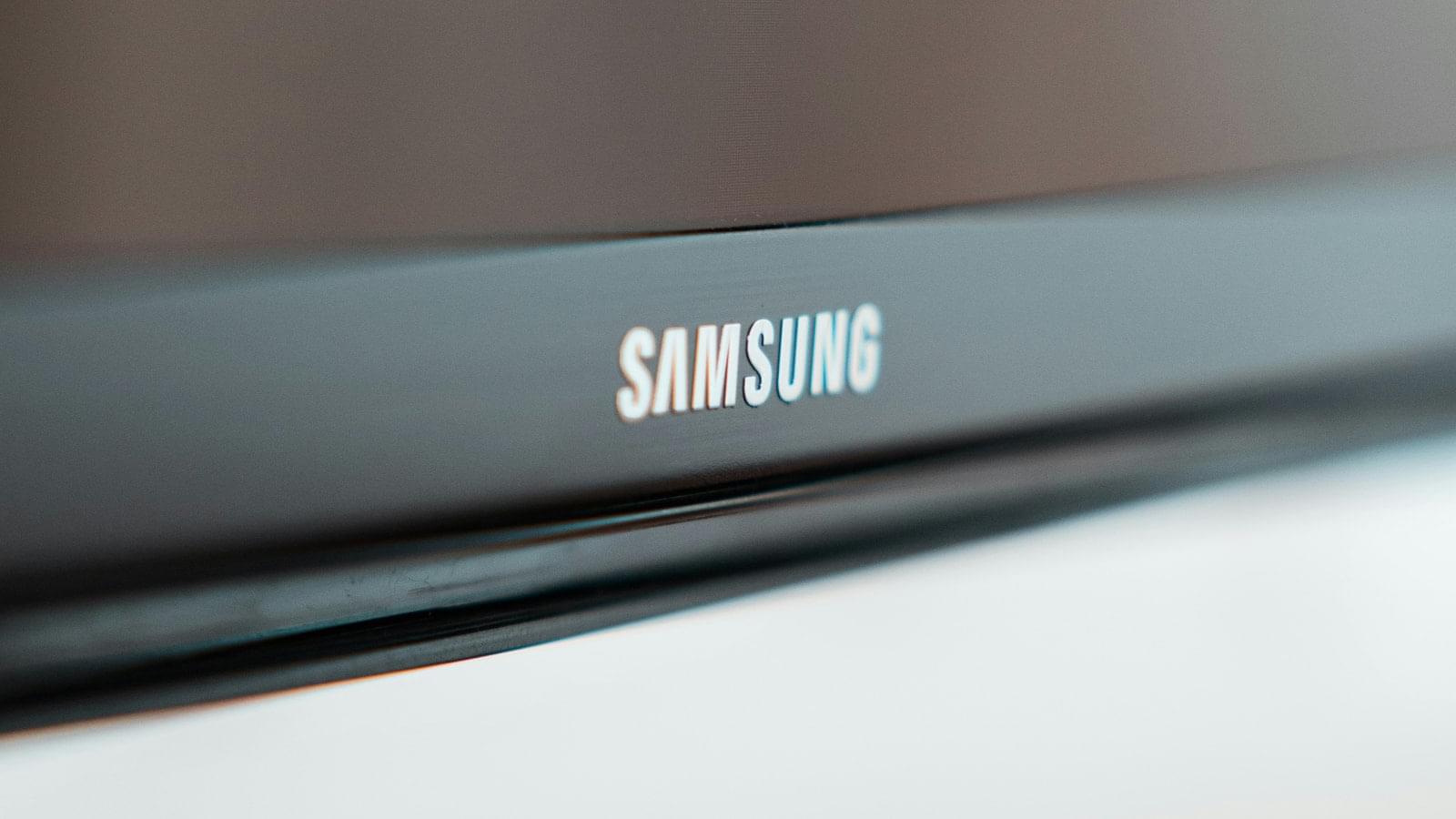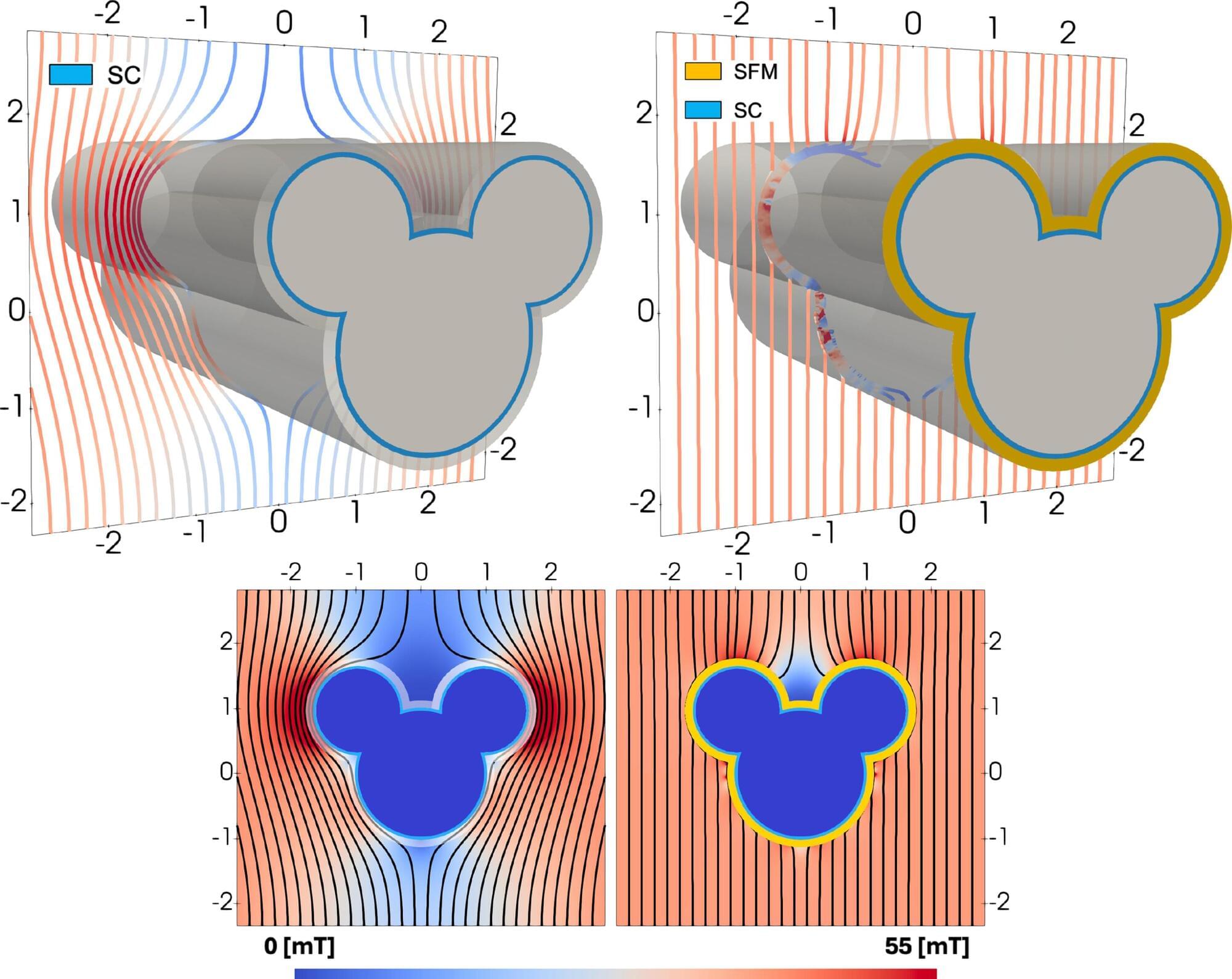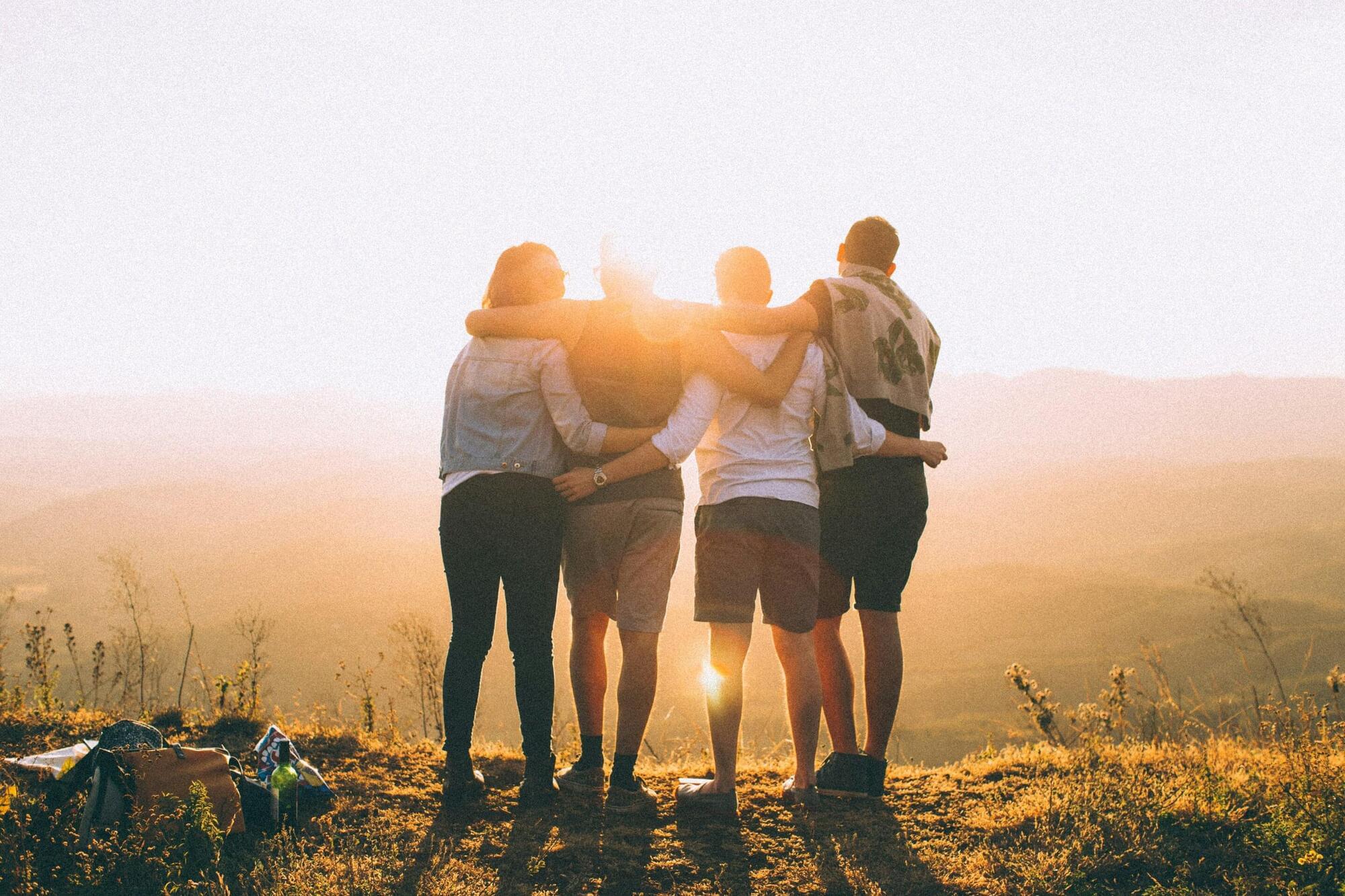The State of Texas obtained a short-lived, temporary restraining order (TRO) against Samsung that prohibited the South Korean company from collecting audio and visual data about what Texas consumers are watching on their TVs.



Renzi et al. identify creatine kinase B (CKB) as a metabolic sensor during white adipocyte differentiation. By modulating AKT, CKB fine-tunes insulin signaling and glycolysis to restrain ChREBP activation, thereby controlling de novo lipogenesis. This work links creatine metabolism to nutrient-responsive transcriptional regulation of lipid accumulation.

University of Leicester engineers have unveiled a concept for a device designed to magnetically “cloak” sensitive components, making them invisible to detection.
A magnetic cloak is a device that hides or shields an object from external magnetic fields by manipulating how these flow around an object so that they behave as if the object isn’t there.
In Science Advances, the team of engineers demonstrate for the first time that practical cloaks can be engineered using superconductors and soft ferromagnets in forms that can be manufactured.

With many people now heavily relying on electronic devices to communicate with others, connecting on a deeper level with others, particularly face-to-face, can prove challenging. Recent nationwide surveys and psychological studies suggest that today many people feel lonely, socially isolated and/or disconnected from others living in their same geographical area.
Understanding the factors that contribute to social connection could inform the development of more effective interventions aimed at reducing loneliness and improving people’s mental health or overall well-being. As communication is generally crucial for the formation of social bonds, listening behaviors and an openness towards what others share might be key drivers of social connection.
Researchers at University of North Carolina at Chapel Hill recently carried out a study aimed at testing this hypothesis by examining the behavior of strangers engaged in conversation with each other. Their findings, published in Communications Psychology, suggest that people who engage in high-quality listening behaviors tend to feel more socially connected to others, even if they are meeting them for the first time.

Scientists in China have developed a first-of-its-kind artificial imaging system inspired by snakes that are able to “see” heat coming off their prey in total darkness. The sensor captures ultra-high-resolution infrared (IR) images in 4K resolution (3,840 × 2,160 pixels) — matching the image quality of the iPhone 17 Pro’s camera.
Any object with a temperature above absolute zero (−460 degrees Fahrenheit or-273 degrees Celsius) emits some electromagnetic radiation. For normal body heat, this has a wavelength in the IR range. The human eye can only pick up shorter wavelengths that are in the visible light range.



Researchers at LMU have uncovered how ribosomes, the cell’s protein builders, also act as early warning sensors when something goes wrong inside a cell.
When protein production is disrupted, and ribosomes begin to collide, a molecule called ZAK detects the pileup and switches on protective stress responses.
Ribosomes as protein builders and stress sensors.
Supports high-speed transfer between USB-A and USB-C devices
